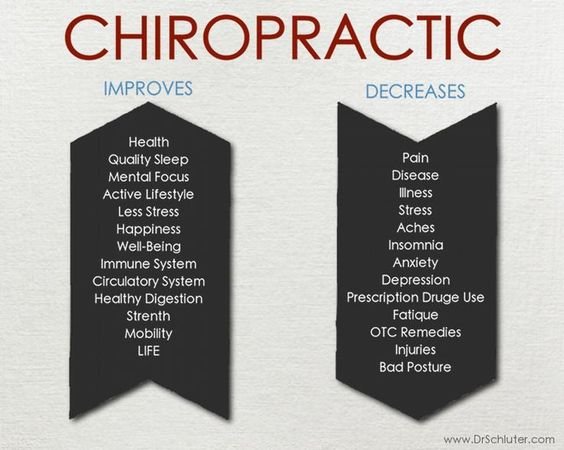Discovering The Scientific Research Behind Cold Laser Therapy: Analyzing Its Mechanisms And Effects
Discovering The Scientific Research Behind Cold Laser Therapy: Analyzing Its Mechanisms And Effects
Blog Article
Authored By-Harbo McIntosh
You may have become aware of cold laser therapy as an appealing therapy option for different problems, however have you ever before questioned exactly how it actually works on a mobile level? Understanding the devices behind this therapy can clarify its performance in promoting recovery and decreasing inflammation. By exploring the science behind cold laser therapy, you'll acquire insights into the remarkable methods which light can affect mobile procedures and assist in cells repair service.
Just How Cold Laser Treatment Works
To comprehend exactly how cold laser treatment functions, you need to understand the essential concepts of just how light power interacts with organic cells. Cold laser therapy, additionally called low-level laser treatment (LLLT), uses details wavelengths of light to pass through the skin and target hidden cells. Unlike just click the up coming web site made use of in surgeries, cold lasers produce low degrees of light that don't generate warmth or cause damage to the tissues.
When these mild light waves get to the cells, they're soaked up by parts called chromophores, such as cytochrome c oxidase in mitochondria. This absorption triggers a collection of organic responses, consisting of increased cellular energy production and the launch of nitric oxide, which improves blood flow and reduces swelling.
Furthermore, the light power can likewise promote the production of adenosine triphosphate (ATP), the power currency of cells, assisting in mobile fixing and regeneration processes.
Essentially, cold laser therapy uses the power of light power to promote healing and reduce discomfort in a non-invasive and mild fashion.
Mechanisms of Activity
Exactly how does cold laser treatment in fact work to produce its restorative effects on biological cells?
Cold laser therapy, also known as low-level laser treatment (LLLT), runs via a process called photobiomodulation. When the cold laser is applied to the skin, the light power penetrates the tissues and is soaked up by chromophores within the cells.
These chromophores, such as cytochrome c oxidase in the mitochondria, are after that promoted by the light energy, causing a cascade of organic reactions. One essential system of activity is the improvement of cellular metabolism.
The absorbed light power raises ATP manufacturing in the mitochondria, which is crucial for cellular feature and repair work. Furthermore, cold laser treatment aids to reduce inflammation by preventing inflammatory mediators and advertising the release of anti-inflammatory cytokines.
laser treatment quit smoking anti-inflammatory result contributes to discomfort relief and cells healing.
Therapeutic Results
Comprehending the healing effects of cold laser treatment includes acknowledging how the improved cellular metabolism and anti-inflammatory homes add to its favorable end results on biological cells.
When the cold laser is applied to the damaged area, it promotes the mitochondria within the cells, bring about raised manufacturing of adenosine triphosphate (ATP), which is critical for mobile feature and repair. This increase in mobile power accelerates the healing process by promoting cells regeneration and lowering swelling.
Moreover, the anti-inflammatory homes of cold laser therapy help to decrease pain and swelling in the targeted location. By hindering inflammatory mediators and promoting the launch of anti-inflammatory cytokines, cold laser therapy help in alleviating discomfort and boosting the overall recovery action.
This decrease in swelling not just offers immediate relief yet additionally sustains long-lasting tissue repair.
Conclusion
To conclude, cold laser treatment functions by boosting mobile fixing and cells regrowth via photobiomodulation. Its anti-inflammatory residential properties provide pain relief and decrease swelling by preventing inflammatory moderators.
This therapy offers a thorough approach to healing, delivering both instant relief and long-lasting cells repair advantages.
Via its mechanisms of action, cold laser therapy shows to be an effective and encouraging treatment alternative for a selection of problems.
